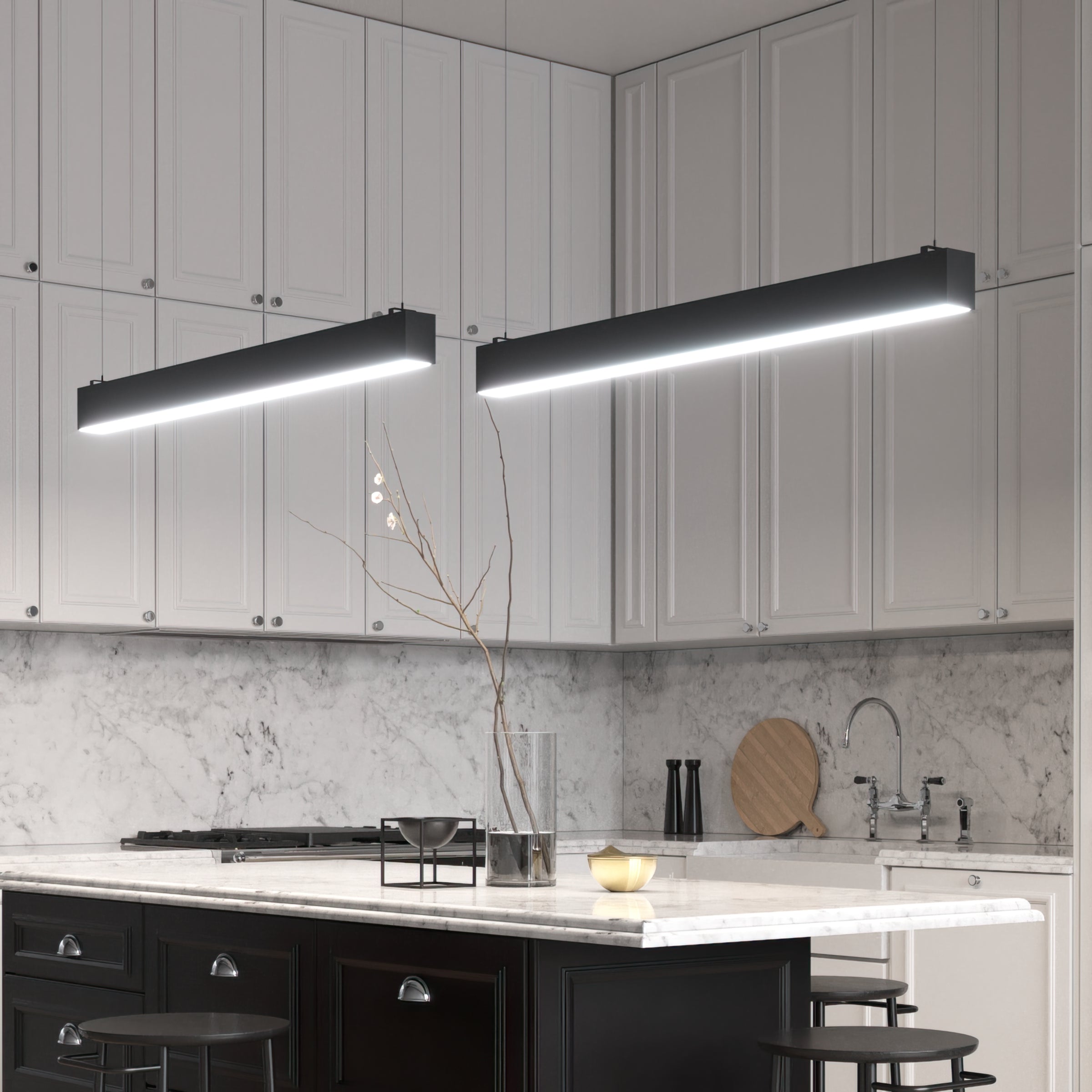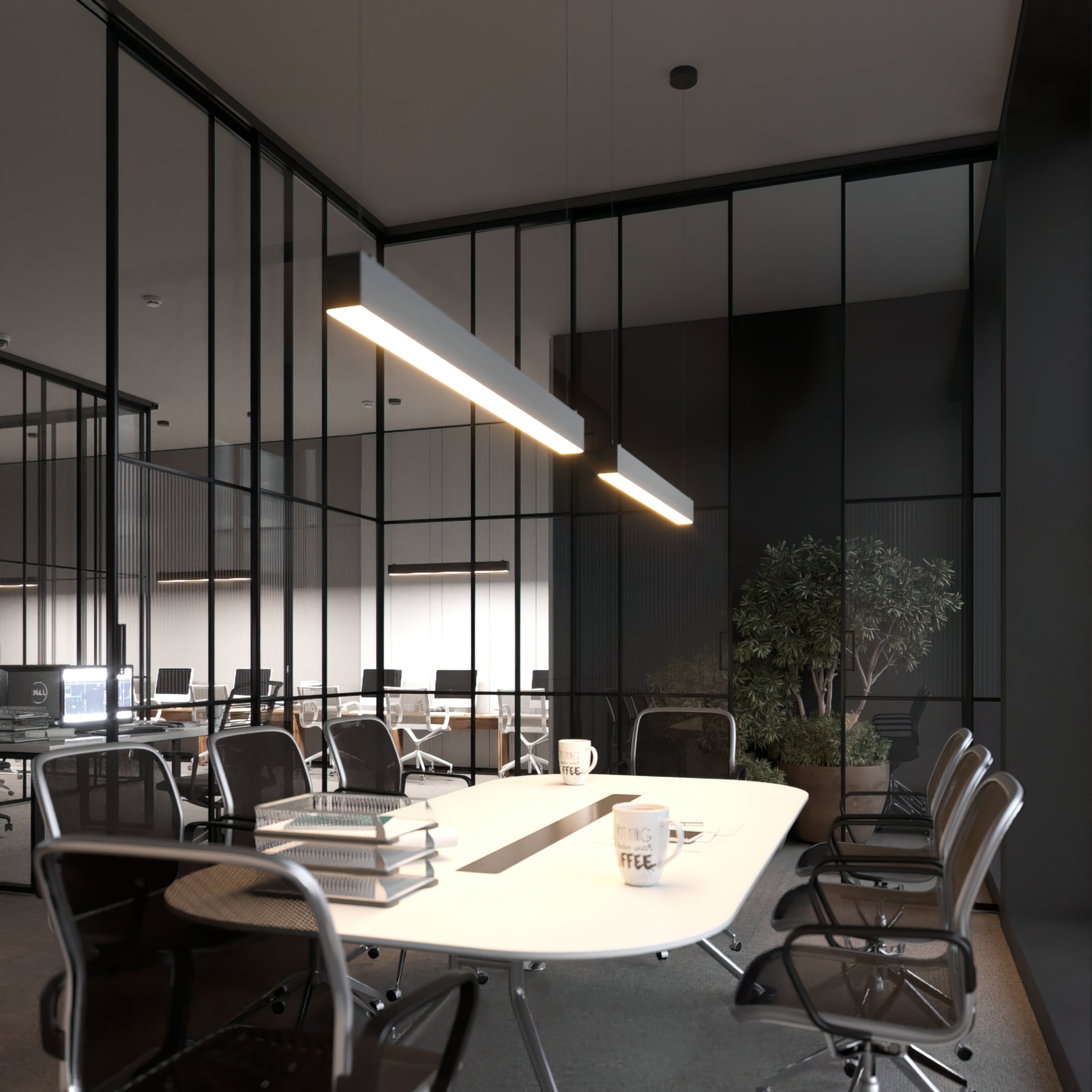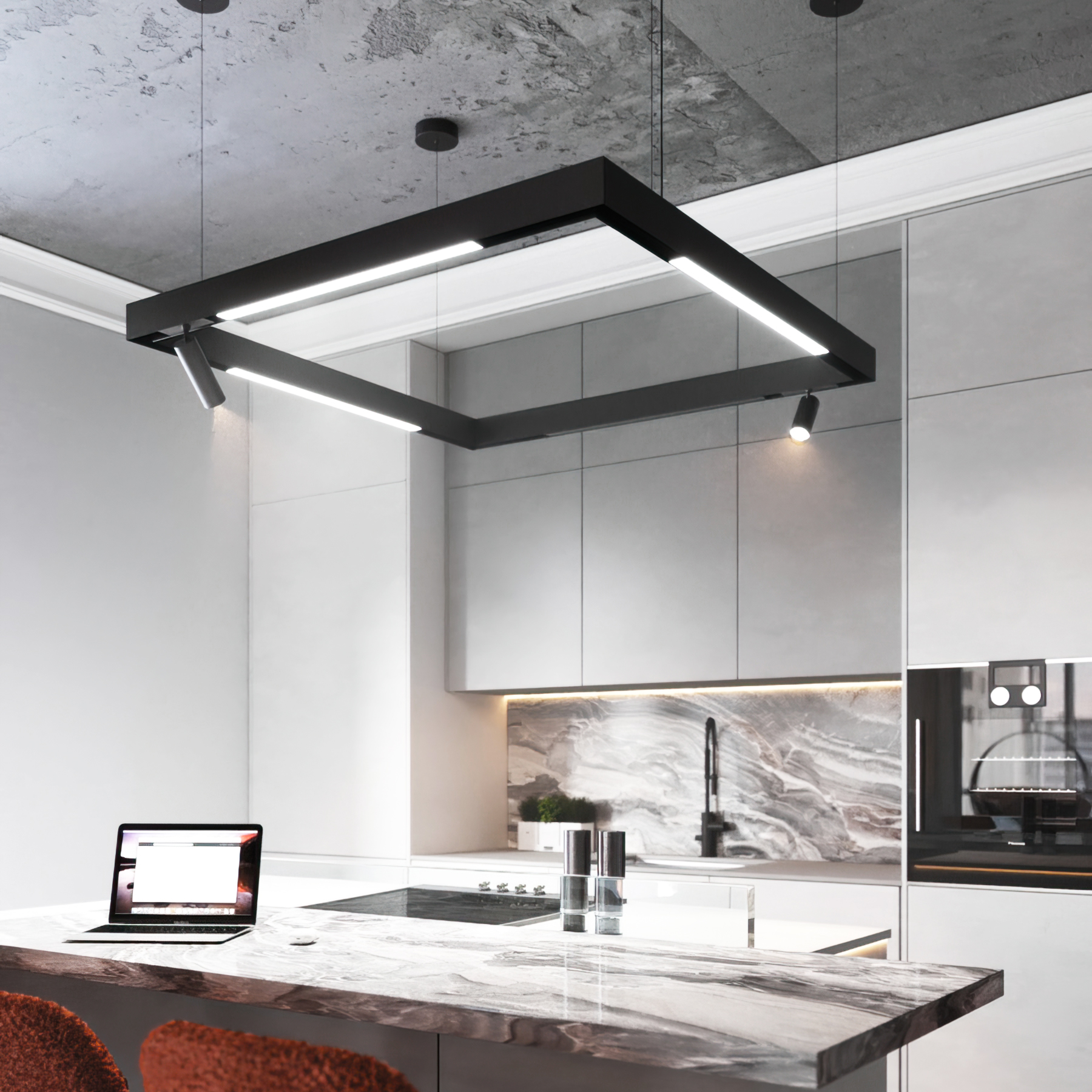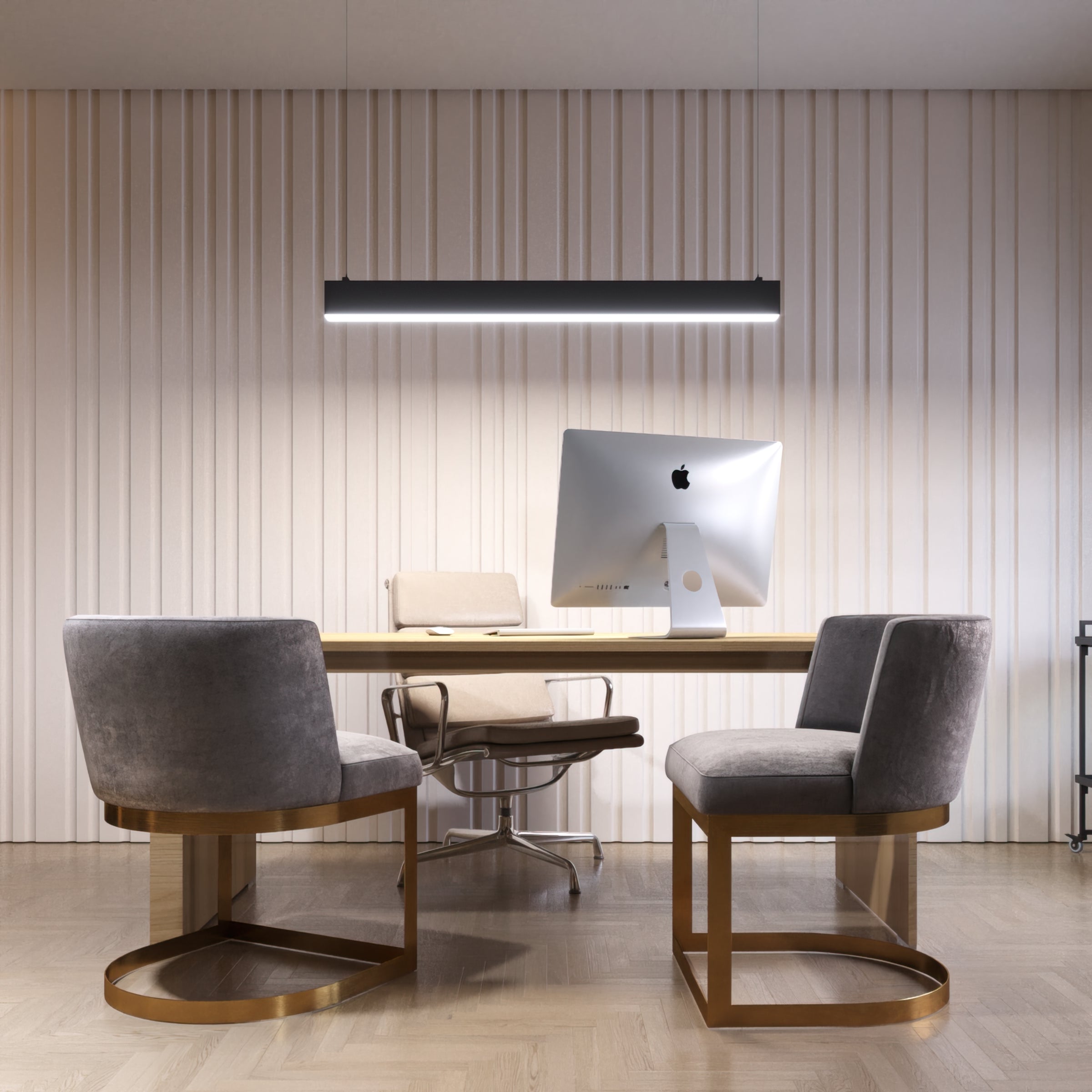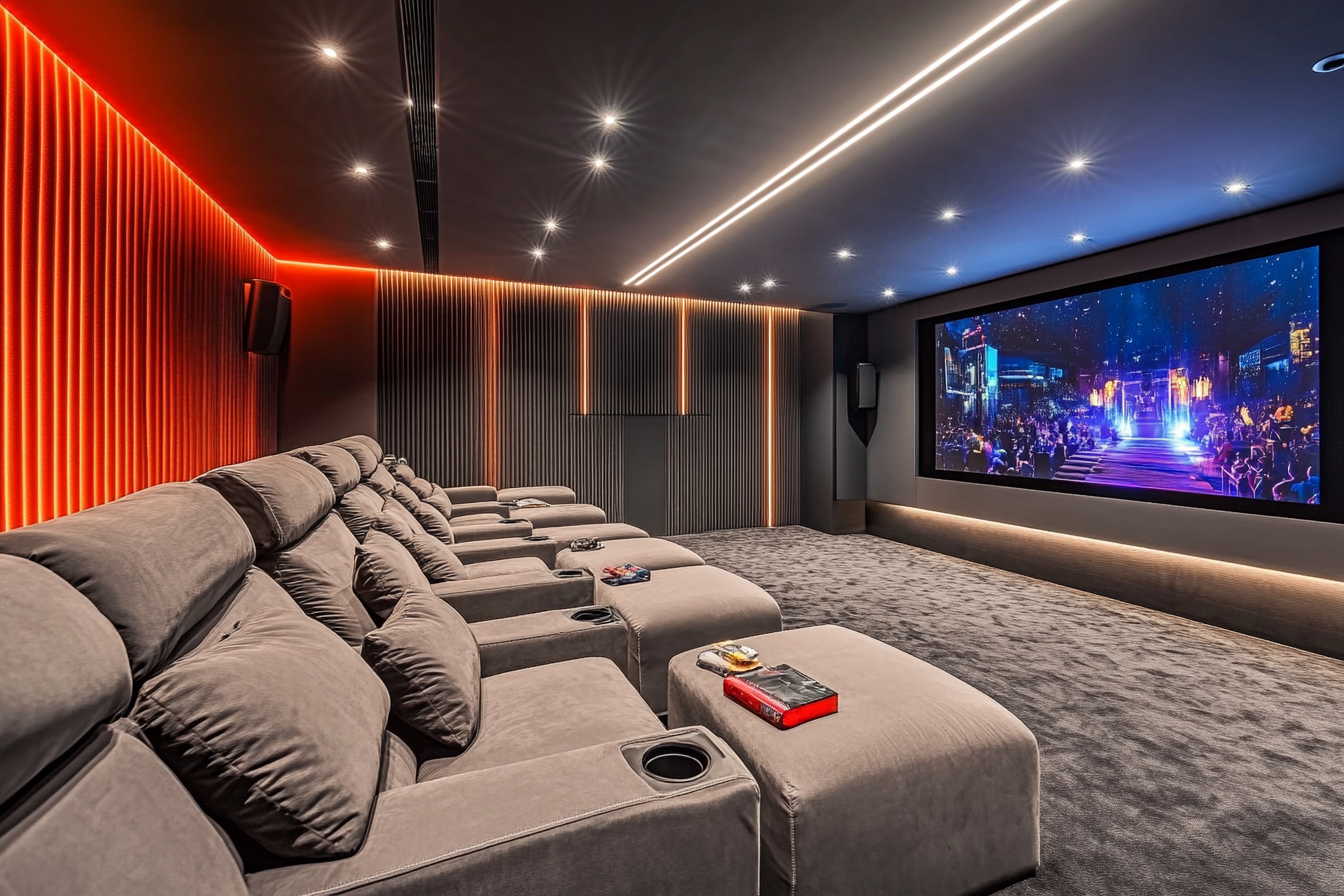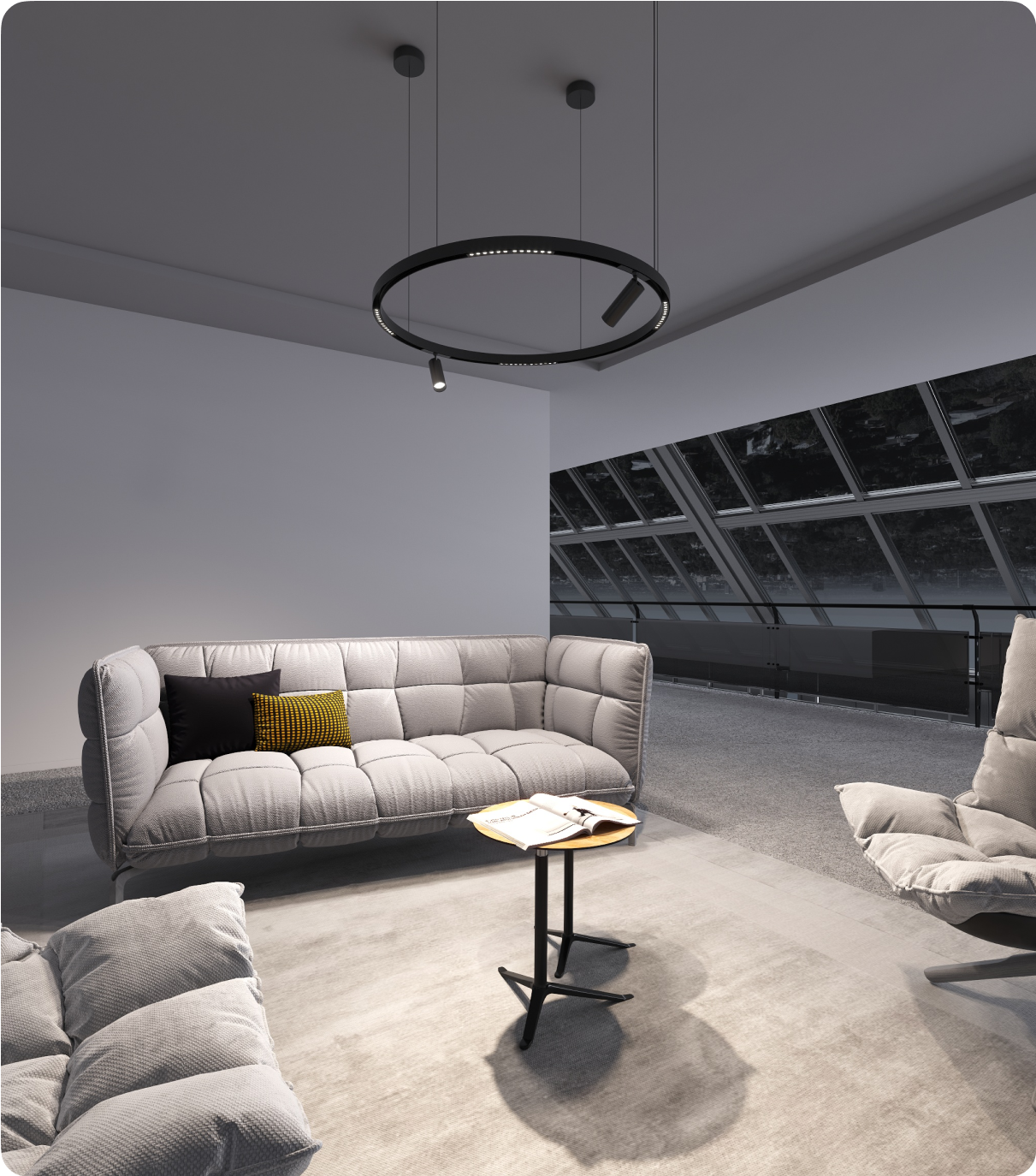How to Choose Lighting For Your Home Theater
You can’t build a perfect home theater with just the right AV gear. Lighting plays a massive part in your viewing pleasure, comfort and safety. The right lighting can eliminate screen glare, reduce eye strain and create an atmosphere like the cinema.
Whether you’re building a new home theater or upgrading an existing one, understanding lighting basics is crucial. Bad lighting choices can ruin picture quality, create reflections and kill the whole experience. This will take you through everything you need to know about home theater lighting from the basics to product recommendations.
We'll go through home theater LED lighting ideas to light your home theater, discuss placement strategies, and provide solutions to common lighting problems. By the end of this guide, you'll have the knowledge to create the perfect lighting for your home theater room.

Why Lighting is Important in a Home Theater
Home theater lights aren't just about looks – it's essential to the viewing experience. When watching movies or TV shows, the contrast between light and dark areas on the screen creates depth and detail in the image. Ambient light in the room can ruin this contrast, wash out dark scenes, or create reflections that diminish picture quality.
The right lighting setup reduces eye strain during long viewing sessions. When watching in complete darkness, your eyes are constantly adjusting to the bright screen against the dark background, which can cause fatigue and discomfort. Strategic ambient lighting creates a gentle transition between the screen and its surroundings so you can view more comfortably.
Also, well-designed movie theater lights contribute to the immersive atmosphere that makes home theaters special. Just as commercial cinemas use carefully designed lighting to create anticipation and enhance the movie-going experience, your home theater's lighting can turn an ordinary room into an entertaining space. From subtle wall sconces that provide wayfinding lighting to dimmable overhead lights that transition smoothly between viewing and intermission modes, every lighting element plays a part in creating the perfect cinematic environment.
Important Things to Consider When Choosing Home Theater Lighting
When designing your home theater lights, several key factors need to be considered to get the best results. From the type of lighting technology to placement strategies, every decision affects your viewing experience. Let's go through these key considerations.
LED lighting is the go-to choice for modern home theaters, and for good reason. These fixtures use up to 75% less energy than traditional bulbs and last up to 25 times longer. They also emit very little heat, making them perfect for enclosed spaces, and their dimming capabilities give you precise control over lighting levels.
According to Sergio Andriichenko, LED lighting expert at LED Lights Direct, "The correlated color temperature (CCT) of your lighting is crucial to creating the right atmosphere. For home theaters, I recommend staying within the 2700-3000K range, which provides a warm, comfortable light that won't interfere with the screen's picture quality. This temperature range is the same as traditional incandescent lighting used in old movie theaters but with all the benefits of modern LED technology."
Smart control systems have made home theater lighting management a breeze. Modern solutions allow you to program specific lighting scenes for different activities – from movie watching to room cleaning to intermission breaks. Integration with home automation systems means you can control everything from your smartphone or tablet and transition between lighting states with a single tap.
Most important is the placement and angle of the light. To reduce screen glare, don't place lights where they will reflect off the screen surface. Wall sconces should be at least 60 degrees off-axis from the screen's center, and ceiling fixtures should be carefully placed so as not to shine directly on the screen. Consider using indirect lighting, where light bounces off walls or ceilings to create a soft, even light that won't interrupt your viewing experience.
Types of Lighting for Home Theaters
When designing your home theater lighting system, you need to understand the different types of lighting and how they fit into the overall experience. A well-designed lighting scheme will typically use multiple types of lighting to create the perfect environment for movie-watching.

Ambient Lighting
Ambient lighting is the base of your home theater's lighting design. This type of lighting provides gently diffused light throughout the room to reduce eye strain while watching a movie. The key is to make sure the light is indirect and evenly distributed so you can view comfortably without screen glare or picture wash.
For best results, ambient lighting should be dimmable and not directly reflect off the screen.
Accent Lighting
Accent lighting adds depth and visual appeal to your home theater space. This type of lighting can highlight architectural features, illuminate artwork, or showcase media collections. Well-placed accent lights can turn a basic theater room into a luxury entertainment space and part of the overall ambiance.
Use adjustable spotlights or track lighting to highlight specific features, but remember that they should be dimmable and not shine on the screen.
Task Lighting
Task lighting serves a practical purpose in your home theater, such as helping you find your seat or reading during intermissions. These lights should be placed near seating areas but should be completely dimmable or switchable off during movie playback.
Small LED reading lights or floor-level path lighting are great for task lighting, providing the necessary light without interrupting the viewing experience.
LED Strip Lighting
LED strip lighting provides flexible and creative lighting solutions for home theaters. These flexible strips can be installed under furniture, along baseboards, or behind the screen to create subtle backlighting. They're great for bias lighting behind the display, which can increase perceived contrast and reduce eye strain.
Modern LED strips often come with color-changing and smart controls so you can create different moods or match the dominant colors in your content for a more immersive experience.
Best Lighting Fixtures for Your Home Theater
When it comes to choosing specific lighting fixtures for your home theater, several stand out for their functionality, versatility, and ability to enhance the viewing experience. Let's look at some of the best lighting fixtures that can turn your space into a home theater.
Dimmable LED Fixtures
Dimmable LED fixtures are a must-have for any home theater. The ability to adjust brightness allows you to create the perfect lighting environment for different activities, from movie watching to cleaning the room. These fixtures can transition smoothly from full brightness to ambient lighting and are invaluable for setting the mood before, during, and after your movie sessions.
Recessed Lighting
Recessed lighting fixtures (also known as can lights or downlights) provide general lighting while keeping the ceiling clean and clutter-free. These fixtures sit flush with the ceiling, so they are great for rooms with lower ceilings. When properly placed and dimmed, recessed lights can provide even glare-free light that won't interfere with the screen.
LED Strip Lighting Solutions
LED strip lighting is super versatile in home theaters. They can be installed along baseboards for subtle floor lighting, behind furniture for ambient lighting, or around the ceiling perimeter for drama. Modern LED strips come with smart features like color changing and preset modes so you can customize the mood to your liking.
Common Mistakes to Avoid
When setting up your movie theater lighting, there are some common mistakes that can ruin your viewing experience. Being aware of these will help you create the perfect environment for watching movies and other content.
One of the biggest mistakes is using too much light. While some light is important, too much will wash out the screen image and create unwanted reflections. This is especially bad with glossy screens where even small light sources can cause glare. Always choose dimmable fixtures that can be adjusted to the right level.
Another big mistake is not installing dimmers. Without dimming, you lose the ability to adjust lighting levels for different activities. This can make it hard to switch between viewing modes and result in an uncomfortable viewing experience. Modern LED dimmers with smooth, flicker-free operation are a must-have for any home theater.
Poor light placement is another common mistake that can ruin an otherwise well-designed home theater. Placing lights too close to the screen or at angles that create direct reflections can kill the picture. Placing lights where they might cast shadows on the screen or create hot spots in the viewers line of sight should be avoided. Careful consideration of fixture placement and beam angles is key to getting the best results.
